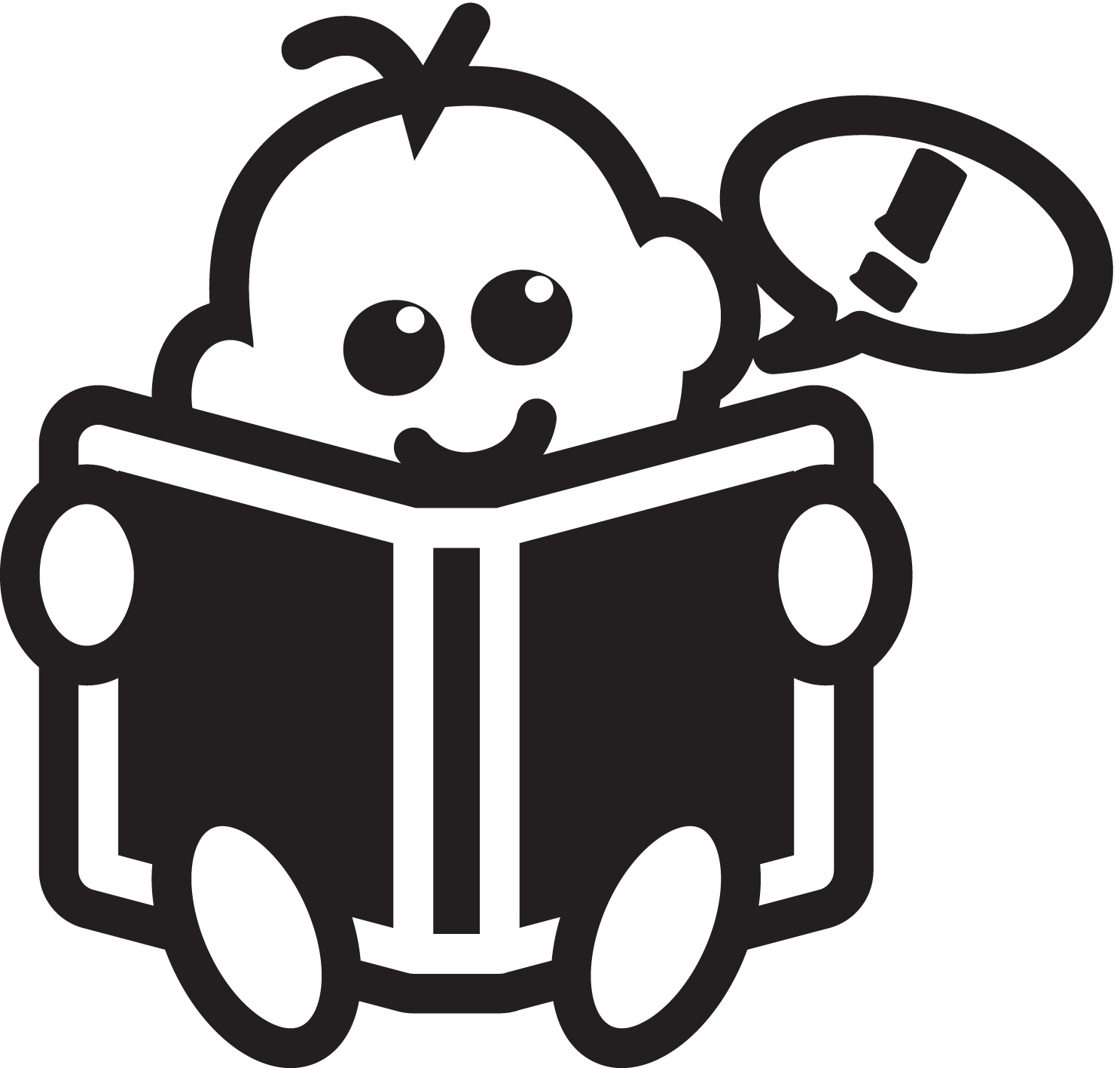So, Balanced Literacy or Science of Reading?
So, you’re thinking about teaching your child to read. Congratulations! Reading is a lifelong skill that will open up a whole new world for your child. But with so many different approaches to teaching reading, it can be tough to know where to start.
In this blog post, we’ll compare two of the most popular approaches to teaching reading: Balanced Literacy and Science of Reading. We’ll talk about their strengths and weaknesses, and we’ll help you decide which approach is right for your child.
What is Balanced Literacy?
Balanced Literacy is a comprehensive approach to teaching reading that emphasizes a variety of methods, including phonics, phonemic awareness, fluency, and comprehension. This approach is based on the belief that children learn to read best when they are exposed to a variety of reading experiences, including reading aloud, shared reading, guided reading, independent reading, and writing.
What is the Science of Reading?
The Science of Reading is a more recent approach to teaching reading that focuses on the scientific research on how children learn to read. This approach emphasizes explicit instruction in phonics, phonemic awareness, and fluency. It also emphasizes the importance of building children’s vocabulary and background knowledge.
Which Approach Is Better?
So, which approach is better? There is no clear consensus on this question. Some studies have found that the Science of Reading is more effective than Balanced Literacy, while other studies have found that there is no significant difference between the two approaches.
Ultimately, the best approach for your child may depend on their individual needs. If your child is struggling to learn to read, the Science of Reading may be a better option. However, if your child is already a strong reader, Balanced Literacy may be a better fit.
Here are some additional things to consider when choosing an approach to teaching reading:
- Your child’s age and developmental level: Younger children may benefit from a more holistic approach like Balanced Literacy, while older children may be better suited for a more structured approach like the Science of Reading.
- Your child’s learning style: Some children learn best by listening, while others learn best by doing. Consider your child’s learning style when choosing an approach to teaching reading.
- Your child’s interests: If your child is interested in reading, they are more likely to be successful. Choose an approach that incorporates your child’s interests into the learning process.
Early Learning
It is important to start teaching children to read as early as possible. The earlier children start learning to read, the better their chances of becoming successful readers. There are many different ways to teach early reading skills, such as reading aloud to children, singing songs about letters and sounds, and playing games that involve reading.
Spanish for Kids
If you are bilingual, you can also teach your child to read in Spanish. There are many different resources available to help you teach your child to read in Spanish, such as books, songs, and games.
Conclusion
There are many different approaches to teaching reading. The best approach for your child may depend on their individual needs. If you are unsure of which approach is best for your child, talk to their teacher or a reading specialist. At Kid Start our new animated version incorporates both of these disciplines at different times in order to get the best results for your child!



